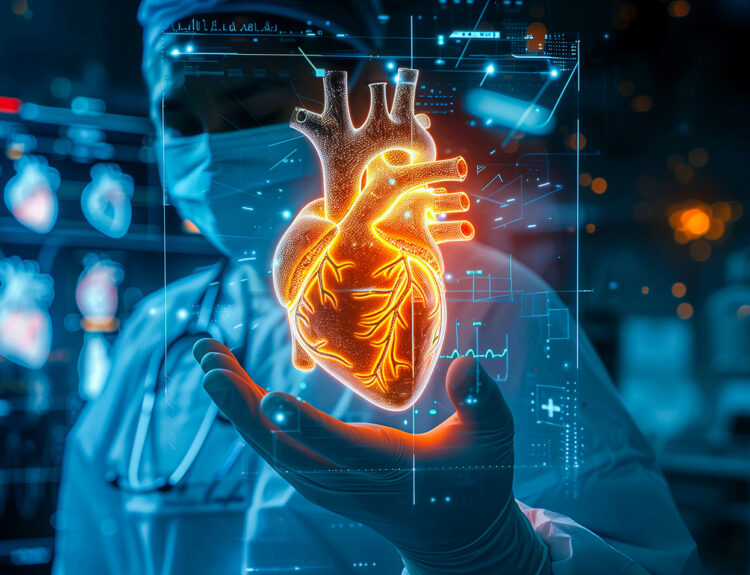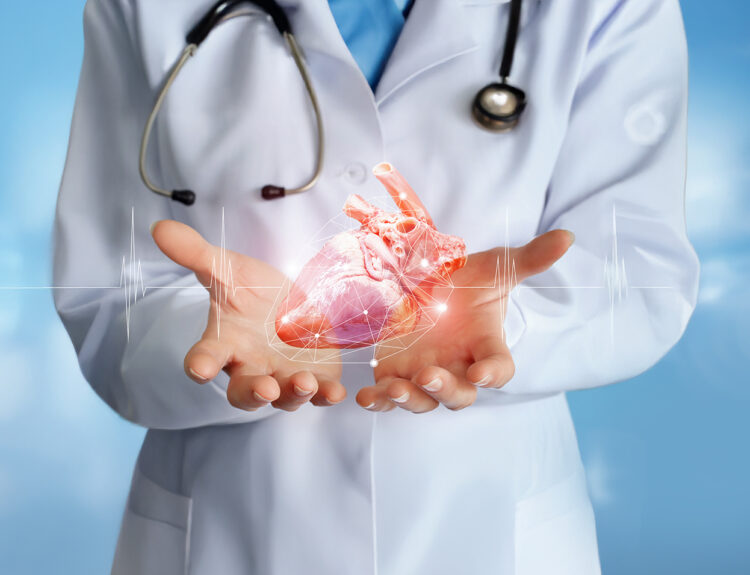Deaths due to atherosclerotic cardiovascular events have been a major concern for the medical community. It was known that arteries are clogged with cholesterol but the role of LDL wasn’t clear. Low density lipoproteins (LDL) are the biggest culprits resulting into clogged arteries. Atherosclerosis is the build-up of fats, cholesterol and other substances in and on the artery walls.
LDL in blood enters the endothelium and crosses it to reach the subendothelial area, where it is retained and accumulates over time. Studies have shown that LDL particles are assimilated by two pathways: LDL receptor (LDLR) dependent and LDLR independent pathways (1). The LDLR-mediated pathway promotes LDL degradation and becomes highly unresponsive at high LDL concentrations, whereas increased concentrations of LDL enhance the LDLR independent pathway (2).
What is atherosclerosis?
On a mice model, studies have proved that up to 50% of LDL is taken up by endothelial cells and passes through the cells to reach the basolateral side via an unknown active transport mechanism. According to a recent study, if ApoB containing lipoproteins are reduced in an established model of atherosclerosis, it greatly diminishes the permeation of LDL into the vessel wall. Furthermore, the flow of LDL can be separated from the total amount of LDL in vessel wall and this improved barrier function is a prerequisite for plaque regression (3). Thus, the regulated entry of LDL into the vessel wall is essential for both the formation and regression of atheromas.

To know the exact mechanism by which genes facilitate the transportation of LDL, a study was performed by a research team from Yale University. They identified a protein that plays an important role in the accumulation of LDL cholesterol in arteries.
For this study, a large scale screening of more than 18,000 genes obtained from the endothelium was performed (4). They closely observed the transfer of LDL into endothelial cells and then targeted their attention to the genes that can be probably involved in this process.
Researchers were able to zero down on a protein called ALK1 that facilitated LDL’s passage into cells. They were also able to determine that the LDL-ALK1 pathway helped in the transportation of LDL from blood into tissue. This breakthrough discovery of ALK1 as an LDL-binding protein suggests that it might be responsible for the initiation of atherosclerosis in early stages. Currently, physicians use statins to lower the LDL cholesterol levels in blood, but this new study can change the plan of atherosclerosis treatment. It is suggested that the use of micro molecules or antibodies to block ALK1 could help in lowering lipid levels. (4)
This discovery along with further research would be helpful in reducing deaths caused by damage heart vessels. It can work as an additional strategy to block LDL accumulation, which could help prevent or slow the clogging of arteries that leads to heart disease.
Credit: Dr. Rachita on behalf of Borderless Access







4 Comments
Cardiac Surgery: New Protocols to reduce Complications after the surgery
5 years ago[…] of post-operative atrial fibrillation is seen in 30% of patients undergoing CABG (coronary artery bypass grafting), in 40% patients undergoing valve repair or prosthesis surgery and in 50% of those […]
New global efforts underscore a big push for precision medicine: a bright yet challenging future - MDForLives
4 years ago[…] testing for clinical purposes. For instance, prevalent and devastating diseases such as diabetes or atherosclerosis result from complex interactions between multiple genetic and environmental factors. Thus, even if […]
New Protocols for reducing Complications after Cardiac Surgery - MDForLives
4 years ago[…] of post-operative atrial fibrillation is seen in 30% of patients undergoing CABG (coronary artery bypass grafting), in 40% patients undergoing valve repair or prosthesis surgery and in 50% of those […]
Precision Medicine: A Bright Yet Challenging Future - MDforLives
4 years ago[…] testing for clinical purposes. For instance, prevalent and devastating diseases such as diabetes or atherosclerosis result from complex interactions between multiple genetic and environmental factors. Thus, even if […]